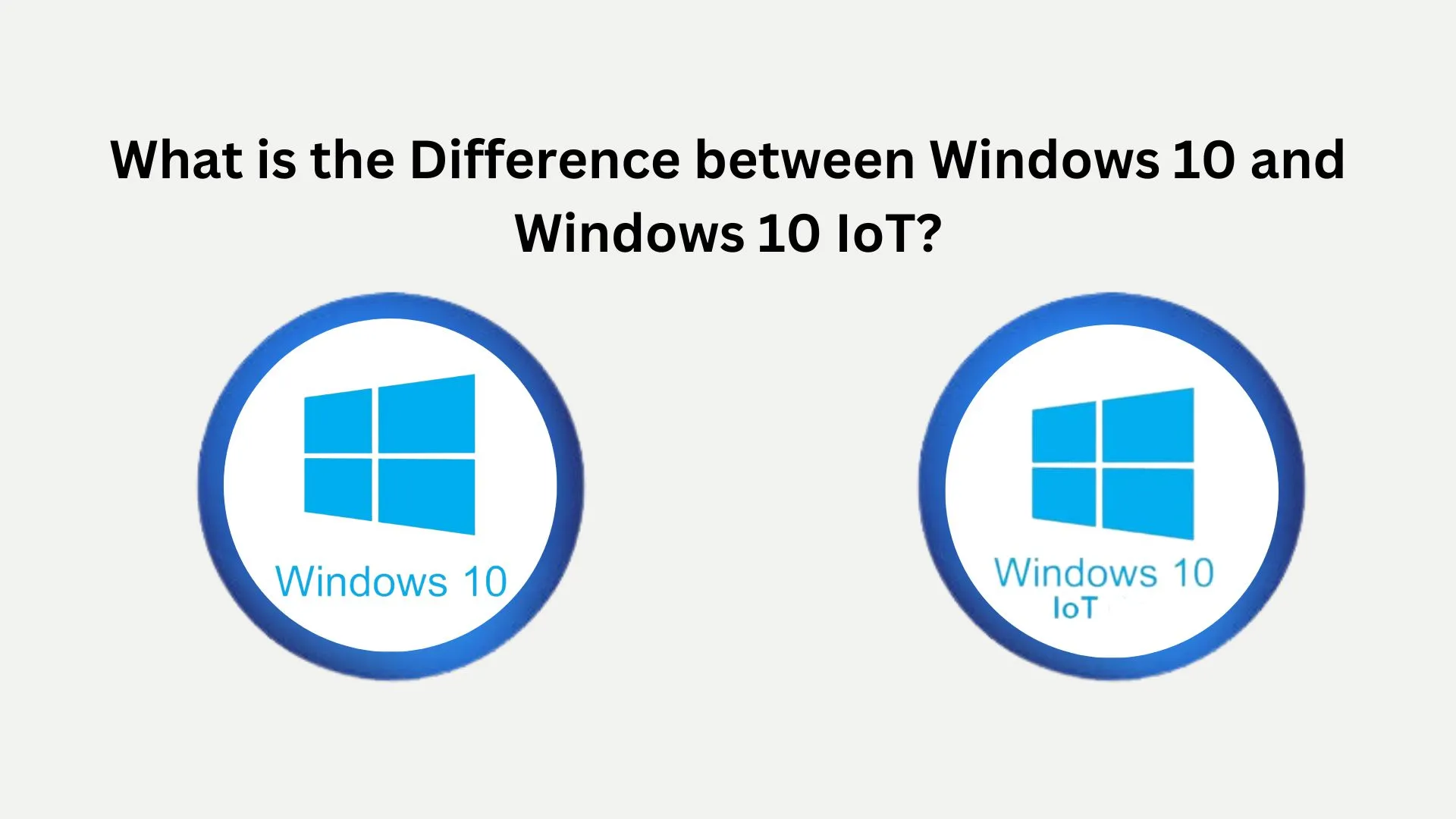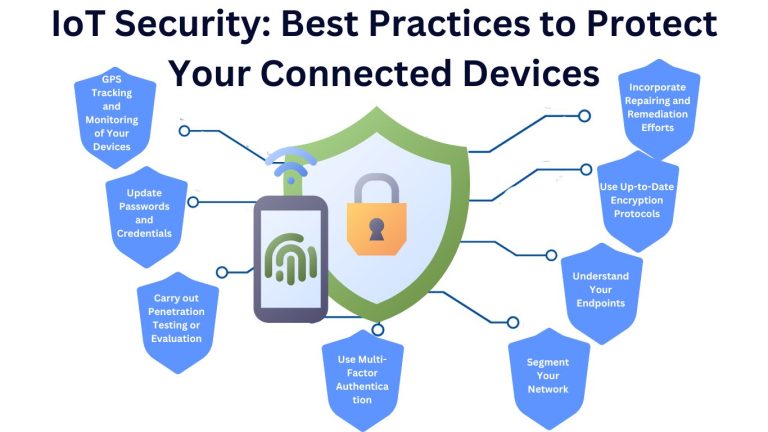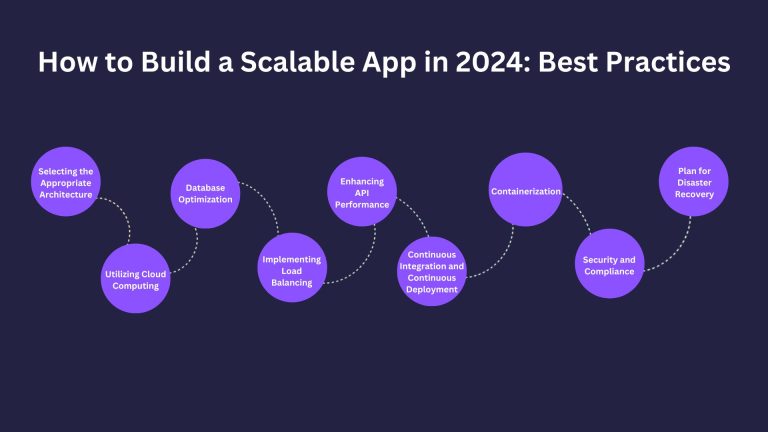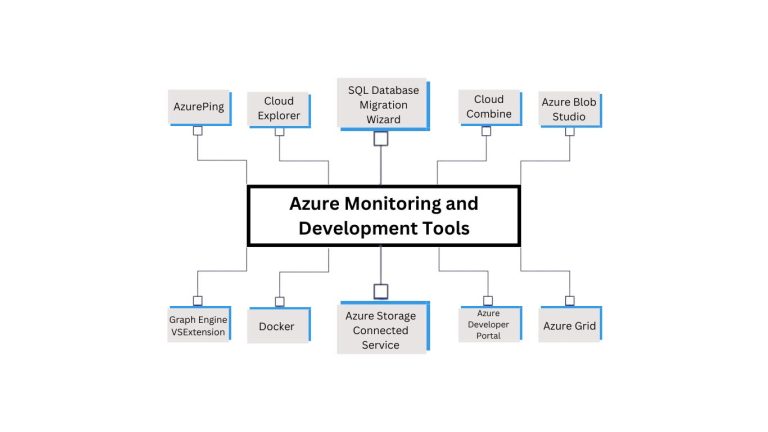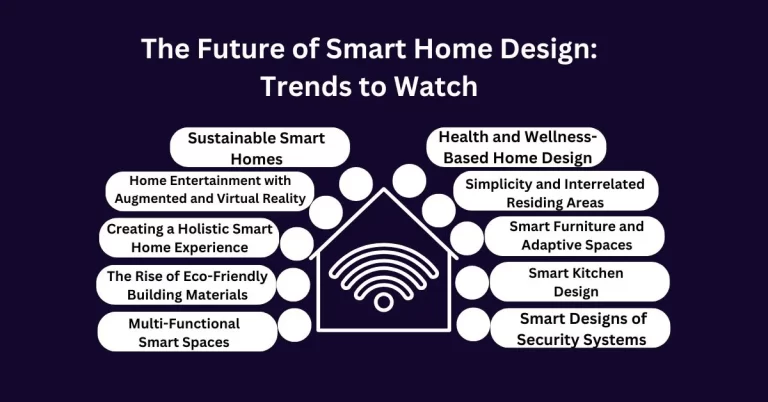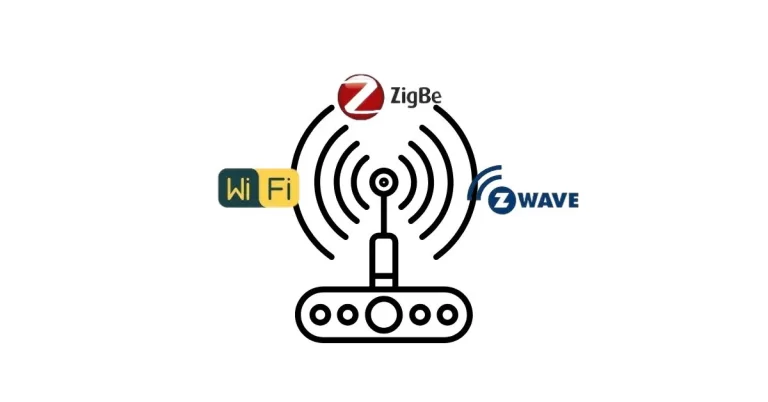Windows 10 vs Windows 10 IoT: Key Differences and Best Use Cases in 2024
There are several major differences in Windows 10 vs Windows 10 IoT operating system. Recognizing these disparities is important to facilitate an appropriate choice that will determine which OS the organization is to use given its circumstances(Windows 10 vs Windows 10 IoT: Key Differences and Best Use Cases in 2024.
Comparison between Windows 10 Vs Windows 10 IoT
if we are talking about Comparison between Windows 10 Vs Windows 10 IoT . Windows 10 and Windows 10 IoT are two versions of Microsoft’s Windows 10 operating system, which are developed for different uses. Windows 10 is designed for individual and commercial use while Windows 10 IoT is designed for use in devices that are built into the Internet of Things (IoT) systems.
Windows 10 Pro
A type of OS designed for general-purpose usage for classic forms of computing devices such as PCs, laptops and tablets. It supports applications like business or personal productivity applications and entertainment applications. The features included in this version are multitasking, Cortana, BitLocker encryption, and remote desktop. (Note: Windows 10 Pro is no longer available, and Windows 11 Pro is still being tested for suitability in industrial applications.)
Windows 10 IoT
An embedded system and IoT devices operating system. These devices are often resource-limited and modest in size, yet they power smart applications such as industrial equipment, medical gadgets, and end-node IoT devices.
Windows 10 IoT comes variants
There are 2 Variants in Windows IoT
- Windows 10 IoT Core: Designed for low-power, small-form-factor devices.
- Windows 10 IoT Enterprise: Provides enhanced features, especially for security and management, when dealing with various complicated IoT applications.
Comparison Of Windows 10 Vs Windows 10 IoT 2024
The comparison bar chart shows the differences between Windows 10 Vs Windows 10 IoT, based on factors such as licensing cost, deployment scope, power consumption, and security features, has been created .
Here Comparison Between Windows 10 Vs Windows 10 IoT on Real time Data 2024
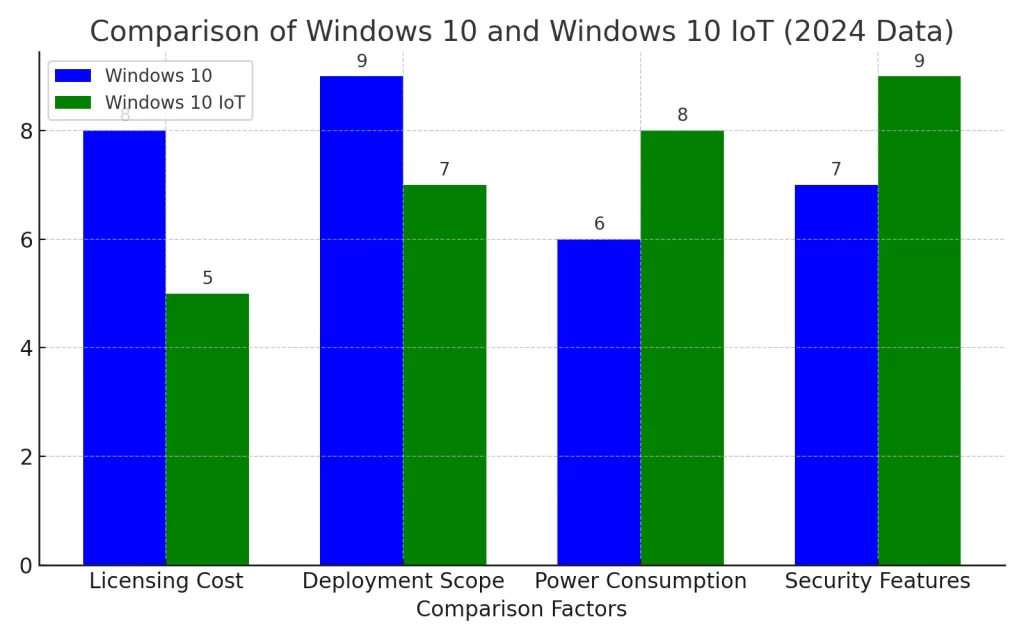
Use Cases and Target Devices
Windows 10 Target Devices
Windows 10 originally for use as a general-purpose OS, and it applies to PCs, laptops, and tablets. It is used by people, small companies, and large organizations alike. In some industrial applications, it is used where automatic update is not a problem.
Windows 10 Target Devices
Windows 10 IoT is optimized for embedded systems and IoT devices, it is suitable solely for specific applications, such as industrial equipment, POS terminals, digital signage, and medical equipment. It supports advanced customization, making it ideal for industries requiring specific configurations and management controls.
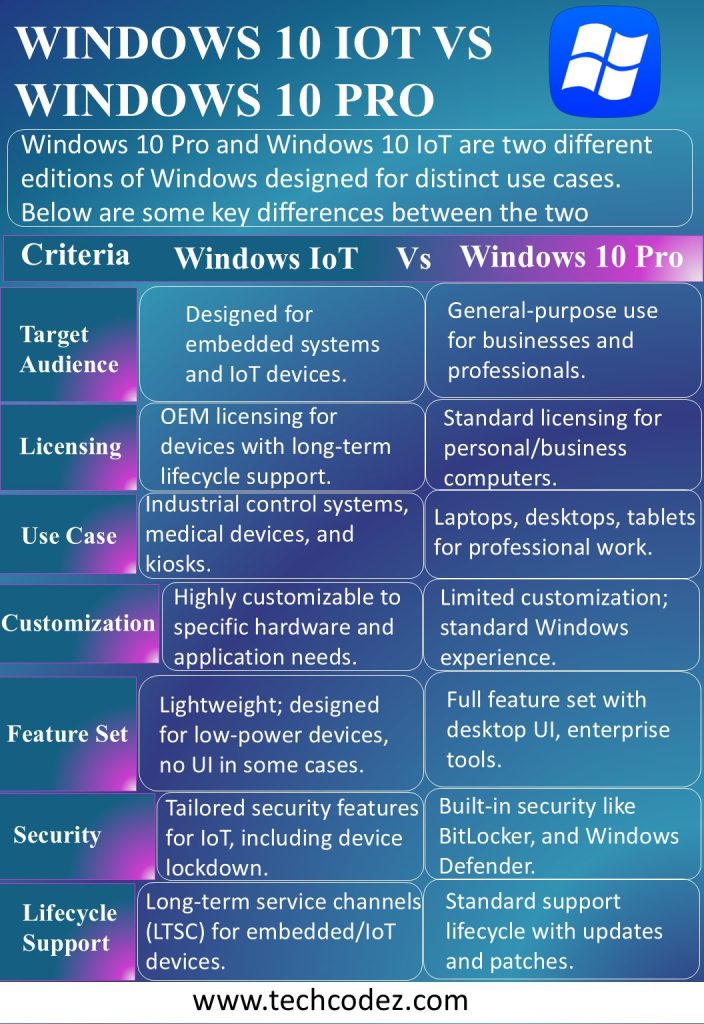
Management and Security Features
Windows 10 Pro: This version gives powerful control and protection tools as well as BitLocker encryption, Windows updates, domains, and remote desktops. These features are suitable for both working and home use.
Windows 10 IoT Enterprise: Designed for more sensitive IoT applications, it provides enhanced security and control, which is imperative for industries such as manufacturing and health care. New features of this edition are Device Guard, which ensures strict code execution policies, and updates for Business which provides detailed control over updates. They make sure security, stability and compliance in IoT environments linked to sensitive systems.
Additional Features of Windows 10 IoT
Windows 10 IoT offers unique capabilities that are not found in the standard Windows 10 Pro:
- Removable Packages (LSTC): While the standard build of the OS is extensive, administrators can strip out components, like Microsoft Media Foundation, to make the OS more compact for use in devices with limited resources.
- Compact OS: The OS files can run from compressed files; this makes efficient use of disk space. This can lead to a slight decrease in performance but it is not easily seen on modern SSD systems
- Unified Write Filter (UWF): Preserves drives by reflecting all write activities (including application installations and settings modification) onto a simulated layer. This temporary space is erased on reboot to maintain the system’s sanctity. It has an on/off switch so that one can enable or disable the feature before restoring the system.
Key Features and Functionalities of Windows 10 Vs Windows 10 IoT
Although Windows 10 and Windows 10 IoT have basic similarities, they differ in certain aspects due to their uses.
Windows 10 Features
- BitLocker Encryption
- Windows Update: Incorporates an auto-update mechanism for system security as well as system functionality enhancement.
- Domain Integration: Enables businesses to incorporate devices into the main management systems.
- Remote Desktop: Permits connection to devices from a distance, which is crucial in work-from-home settings.
- Cortana: A smart speaker that can augment work.
These characteristics make Windows 10 universal and also it can be used for simple web browsing and running of productivity and entertainment applications.
Windows 10 IoT Features
Windows 10 IoT is built for IoT devices, providing specialized features such as:
- Remote Management: Enables a better way of updating, controlling and maintaining IoT devices.
- Device Guard: Holds the device to only trustful software by maintaining the code integrity on the device.
- Unified Write Filter (UWF): Preserves the system by making write operations to a virtual layer that is erased on the reboot, thus preserving the system.
- Lockdown Capabilities: Limits the utilization of the device only to certain applications, and thus offers better security and stability.
Windows 10 IoT is available in two main editions
- Windows 10 IoT Core: Designed for low-power devices such as sensors.
- Windows 10 IoT Enterprise: Provides all basic amenities at a larger level for complex IoT applications that differ from the simple ones.
Usage Of Windows 10 Vs Windows 10 IoT (2020-2024)
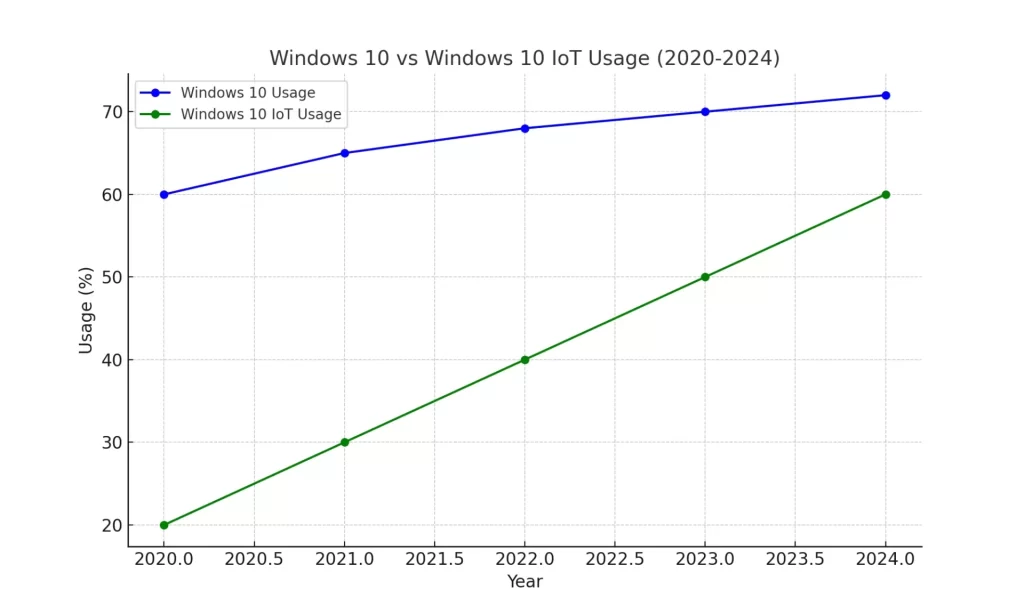
Security Features
Both versions emphasize security, but they cater to different use cases:
Windows 10 preserves individual and company information through elements such as BitLocker encryption, Windows Hello, and Windows Defender.
Windows 10 IoT: Enhances security for sensitive structures, especially in areas like health and production. In addition to Device Guard, the Unified Write Filter (UWF) does not allow any changes to be made permanently by redirecting the writes to a virtual overlay that gets erased when the device is rebooted. This is important in scenarios where devices run independently and are required to sustain the structure of the system without much intervention.
Price
In most cases, Windows 10 IoT is less expensive than Windows 10 Pro, particularly when it comes to implementing a massive IoT network with multiple devices.
Lockdown Capabilities
One of the biggest strengths of Windows 10 IoT is the possibility of locking down devices and avoiding security issues and instabilities in the users’ experience due to the execution of unauthorized applications.
Major updates : Windows 10 Vs Windows 10 IoT
The timeline chart comparing between major updates of Windows 10 and Windows 10 IoT from 2020 to 2024 has been created. The graph show the key updates and advancements for both platforms.
Timeline of Major updates : Windows 10 vs Windows 10 IoT
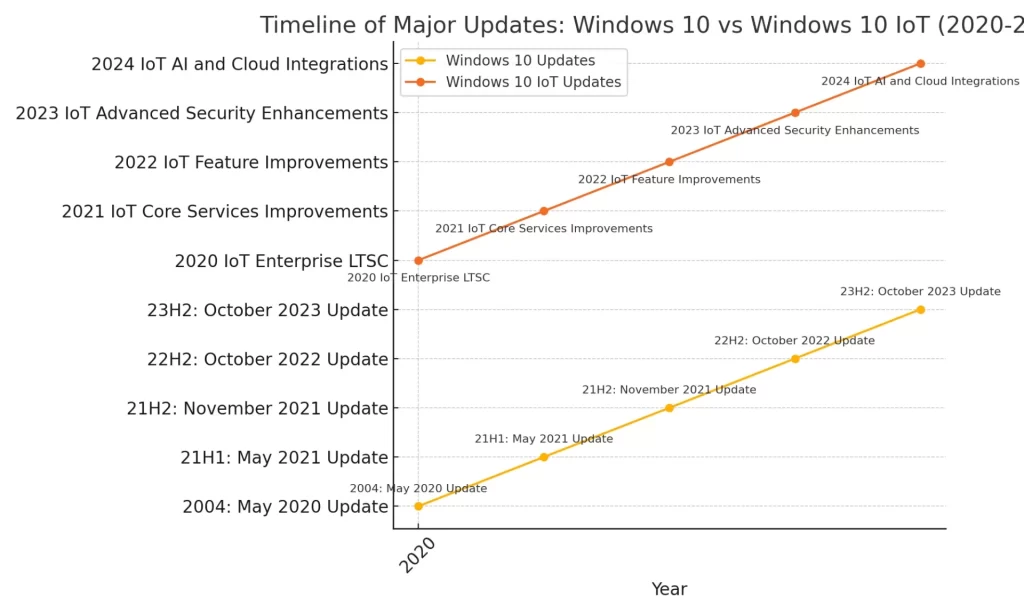
Compares the impact : Windows 10 Vs Windows 10 IoT across different industries
Compares the impact : Windows 10 Vs Windows 10 IoT across different industries like healthcare, manufacturing, Retail , Finance , Education and transportation based on real-time data
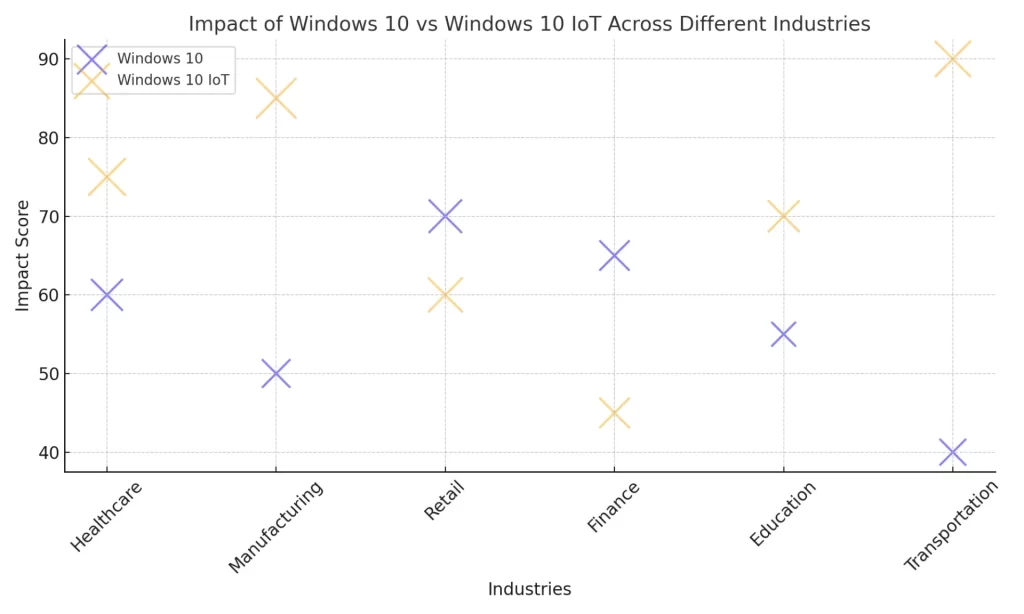
Windows 10 vs Windows 10 IoT: when to use which?
Windows 10 is the operating system to go if you want an OS for home or office use on traditional devices like desktops, laptops, or tablets. It is suitable for doing several things at once and for supporting a wide variety of programs.
Select Windows 10 IoT where you are developing IoT devices or other digital systems, for instance, for automation of industrial processes, home automation, or digital boards. It is more appropriate to be used where reliability, remote access and security are of paramount importance.
Summary
In short, words, comparing Between Windows 10 Vs Windows 10 IoT reveals the dynamics of technology and its developments. As organizations continue to shift focus towards IoT solutions, it becomes crucial to distinguish between these differences to make the right decisions that suit the organization’s operation.
Windows 10 acts as a solid foundation for all the basic operating needs while for specific and critical applications needs, there is Windows 10 IoT Edition. Through the right choice of the operating system, the full potential of the devices in the business organizations is achieved and not only effectiveness but also efficiency in their respective fields is achieved. As the IoT becomes more and more prevalent, the correct integration of these systems will be significantly paramount in pushing forward the right solutions and keeping a competitive edge in the ever-growing or ever-evolving digital or connected world (village or globe).
Find More About IOT

